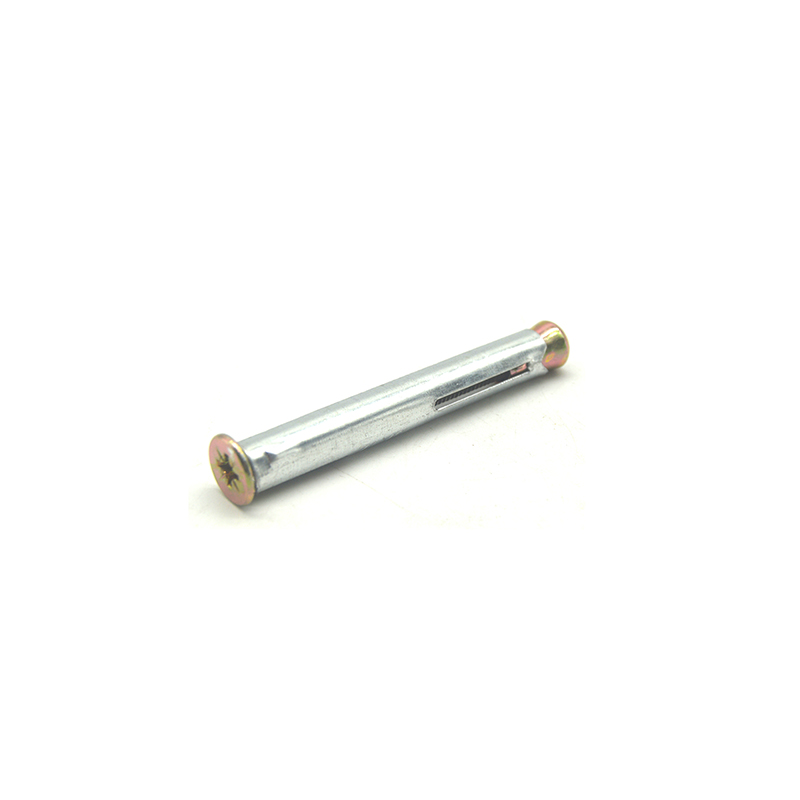- English
- Chinese
- French
- German
- Portuguese
- Spanish
- Russian
- Japanese
- Korean
- Arabic
- Irish
- Greek
- Turkish
- Italian
- Danish
- Romanian
- Indonesian
- Czech
- Afrikaans
- Swedish
- Polish
- Basque
- Catalan
- Esperanto
- Hindi
- Lao
- Albanian
- Amharic
- Armenian
- Azerbaijani
- Belarusian
- Bengali
- Bosnian
- Bulgarian
- Cebuano
- Chichewa
- Corsican
- Croatian
- Dutch
- Estonian
- Filipino
- Finnish
- Frisian
- Galician
- Georgian
- Gujarati
- Haitian
- Hausa
- Hawaiian
- Hebrew
- Hmong
- Hungarian
- Icelandic
- Igbo
- Javanese
- Kannada
- Kazakh
- Khmer
- Kurdish
- Kyrgyz
- Latin
- Latvian
- Lithuanian
- Luxembou..
- Macedonian
- Malagasy
- Malay
- Malayalam
- Maltese
- Maori
- Marathi
- Mongolian
- Burmese
- Nepali
- Norwegian
- Pashto
- Persian
- Punjabi
- Serbian
- Sesotho
- Sinhala
- Slovak
- Slovenian
- Somali
- Samoan
- Scots Gaelic
- Shona
- Sindhi
- Sundanese
- Swahili
- Tajik
- Tamil
- Telugu
- Ukrainian
- Urdu
- Uzbek
- Vietnamese
- Welsh
- Xhosa
- Yiddish
- Yoruba
- Zulu
- Kinyarwanda
- Tatar
- Oriya
- Turkmen
- Uyghur

สลักเกลียวขยายสำหรับเหล็ก
ทำความเข้าใจเกี่ยวกับสลักเกลียวขยายสำหรับการใช้งานเหล็ก
สลักเกลียวเสริมมีความสำคัญอย่างยิ่งในโครงการก่อสร้างและวิศวกรรมจำนวนมาก โดยเฉพาะอย่างยิ่งเมื่อทำงานกับโครงสร้างเหล็ก แม้จะมีการใช้อย่างแพร่หลาย แต่มักมีความสับสนเกี่ยวกับการเลือกและการใช้งาน ในบทความนี้ เราจะสำรวจความแตกต่างของ สลักเกลียวขยายสำหรับเหล็ก และแบ่งปันข้อมูลเชิงลึกจากประสบการณ์ตรง
รู้เบื้องต้นเกี่ยวกับสลักเกลียวขยายตัว
เมื่อเราพูดถึง สลักเกลียวขยายจำเป็นอย่างยิ่งที่จะต้องเข้าใจจุดประสงค์ของมัน: ให้การยึดที่แข็งแกร่งในวัสดุเช่นคอนกรีต แต่ก็ค่อนข้างมีประสิทธิภาพกับเหล็กเช่นกัน การออกแบบช่วยให้โบลต์สามารถขยายออกได้เมื่อเข้าที่แล้ว ทำให้ยึดแน่นหนา ความเข้าใจผิดที่พบบ่อยคือการปฏิบัติต่อสิ่งเหล่านี้เหมือนกับการใช้สกรูทั่วไป ซึ่งอาจนำไปสู่ปัญหาตามมาได้
จากประสบการณ์ของฉัน การเลือกสลักเกลียวให้ถูกต้องนั้นมีอะไรมากกว่าแค่การจับคู่ขนาดให้ตรงกัน คุณต้องพิจารณาวัสดุ ความต้องการโหลด และปัจจัยด้านสิ่งแวดล้อม ฉันจำโปรเจ็กต์ที่เราประเมินความซับซ้อนนี้ต่ำเกินไป และส่งผลให้จำเป็นต้องคิดกลยุทธ์การติดตั้งใหม่ทั้งหมด
ในบางสถานการณ์ โดยเฉพาะอย่างยิ่งกับโครงเหล็กอุตสาหกรรม คุณต้องใช้สลักเกลียวแบบพิเศษ เรามีกรณีที่ Handan Shengtong Fastener Manufacturing Co., Ltd. ซึ่งจำเป็นต้องใช้โซลูชันแบบกำหนดเอง โดยเน้นถึงความสำคัญของความร่วมมืออย่างใกล้ชิดกับผู้ผลิต
ปัจจัยสำคัญในการเลือกโบลต์
ประเภทของโหลดเป็นสิ่งสำคัญ ไม่ใช่แค่น้ำหนักเท่านั้น แต่แรงในทิศทางก็มีบทบาทด้วย คุณต้องจับคู่โบลต์กับแรงที่เกิดขึ้นระหว่างการทำงาน เมื่อปีที่แล้ว เพื่อนร่วมงานคนหนึ่งมองข้ามแรงเฉือนในการตั้งค่าแบบไดนามิก ส่งผลให้เกิดความเครียดทางโครงสร้างที่ไม่คาดคิด
ความเข้ากันได้ของวัสดุไม่สามารถละเลยได้ การกัดกร่อนของกัลวานิกเป็นภัยคุกคามที่แท้จริงหากมีการผสมโลหะที่ไม่เหมือนกัน ฉันจำสถานการณ์ที่การเลือกสลักเกลียวที่ไม่เหมาะสมทำให้ส่วนประกอบเสียหายตั้งแต่เนิ่นๆ การปรึกษากับผู้เชี่ยวชาญหรือแหล่งข้อมูลที่เชื่อถือได้ เช่น Handan Shengtong เป็นความผิดพลาดที่มีค่าใช้จ่ายสูง
แล้วมีเทคนิคการติดตั้ง สลักเกลียวขยายต้องใช้แรงบิดเฉพาะเพื่อการขยายที่เหมาะสมที่สุด ฉันมักจะเห็นการติดตั้งที่ไม่เหมาะสมเนื่องจากขาดการควบคุมแรงบิด ส่งผลให้ความสมบูรณ์ของฟิกซ์เจอร์ลดลง
ความท้าทายและแนวทางแก้ไขในการติดตั้ง
การจัดแนวโบลต์ให้เหมาะสมในพื้นที่แคบถือเป็นความท้าทายที่พบบ่อย เรามีโครงการที่มีการจำกัดการเข้าถึงอย่างเข้มงวด วิธีแก้ปัญหาคือการใช้เครื่องมือพิเศษและการวางแผนแนวทางการติดตั้งอย่างพิถีพิถัน
อีกประเด็นหนึ่งคือการรับประกันการขยายตัวที่สม่ำเสมอ โดยเฉพาะในเหล็กที่มีความหนาไม่เท่ากัน ในระหว่างการติดตั้งครั้งเดียว การกระจายแรงที่ไม่สม่ำเสมอทำให้การยึดเกาะลดลง ในกรณีเช่นนี้ การทดสอบนำร่องเกี่ยวกับวัสดุอะไหล่มักจะช่วยในการปรับปรุงกระบวนการ
ความท้าทายที่ไม่คาดคิดสามารถจัดการกับสภาพแวดล้อมได้ ความผันผวนของความชื้นและอุณหภูมิส่งผลต่อประสิทธิภาพของโบลต์ การตรวจสอบนอกสถานที่โดยทีมงานของเราที่ Shengtong Fastener เน้นย้ำถึงความจำเป็นในการเคลือบผิวป้องกันในสภาพแวดล้อมดังกล่าว
การประยุกต์เชิงปฏิบัติและกรณีศึกษา
ในโครงการอุตสาหกรรมหนักทางเลือกที่เหมาะสม สลักเกลียวขยาย สามารถกำหนดความสำเร็จของโครงการได้ ตัวอย่างหนึ่งเกี่ยวข้องกับการยึดเครื่องจักรที่มีการสั่นสะเทือนสูงโดยที่สลักเกลียวมาตรฐานใช้งานไม่ได้ ส่งผลให้ต้องติดตั้งรุ่นต้านทานการสั่นสะเทือนเพิ่มเติม
เรายังทำงานในโครงการที่รวมวัสดุขั้นสูงเข้าด้วยกัน ความท้าทายคือการหาสลักเกลียวที่รักษาความสมบูรณ์โดยมีการขยายตัวทางความร้อนน้อยที่สุด การปรึกษาหารือกับทีม R&D ของเรานำไปสู่โซลูชั่นที่เป็นนวัตกรรม
ความหลากหลายของสถานการณ์หมายความว่าแทบจะไม่มีคำตอบเดียวที่เหมาะกับทุกคน จากประสบการณ์ที่ผ่านมามากมาย เราได้เรียนรู้ถึงคุณค่าของความยืดหยุ่นในกลยุทธ์การใช้งาน
บทสรุป: เส้นทางสู่การใช้โบลต์อย่างเหมาะสมที่สุด
สำหรับผู้ที่สำรวจโลกที่ซับซ้อนของการก่อสร้างเหล็ก เข้าใจถึงความซับซ้อนของ สลักเกลียวขยาย เป็นสิ่งสำคัญ ตั้งแต่การเลือกที่ถูกต้องไปจนถึงการติดตั้งโดยผู้เชี่ยวชาญ แต่ละขั้นตอนต้องได้รับความเอาใจใส่ ที่ Handan Shengtong Fastener Manufacturing Co., Ltd. เราได้เห็นโดยตรงถึงความแตกต่างที่สลักเกลียวที่คัดสรรมาอย่างดีสามารถสร้างได้
ไม่ว่าจะเป็นงานที่ตรงไปตรงมาหรือการตั้งค่าที่ท้าทาย ให้จัดลำดับความสำคัญของตัวเลือกที่มีข้อมูลครบถ้วนเสมอ ด้วยความเชี่ยวชาญและการสนับสนุนที่เหมาะสม—เช่นทีมงานของเราที่ Handan Shengtong Fastener Manufacturing Co., LTD—คุณสามารถหลีกเลี่ยงข้อผิดพลาดและรับประกันโซลูชันที่ยั่งยืนและเชื่อถือได้
ที่เกี่ยวข้อง ผลิตภัณฑ์
สินค้าที่เกี่ยวข้อง



















